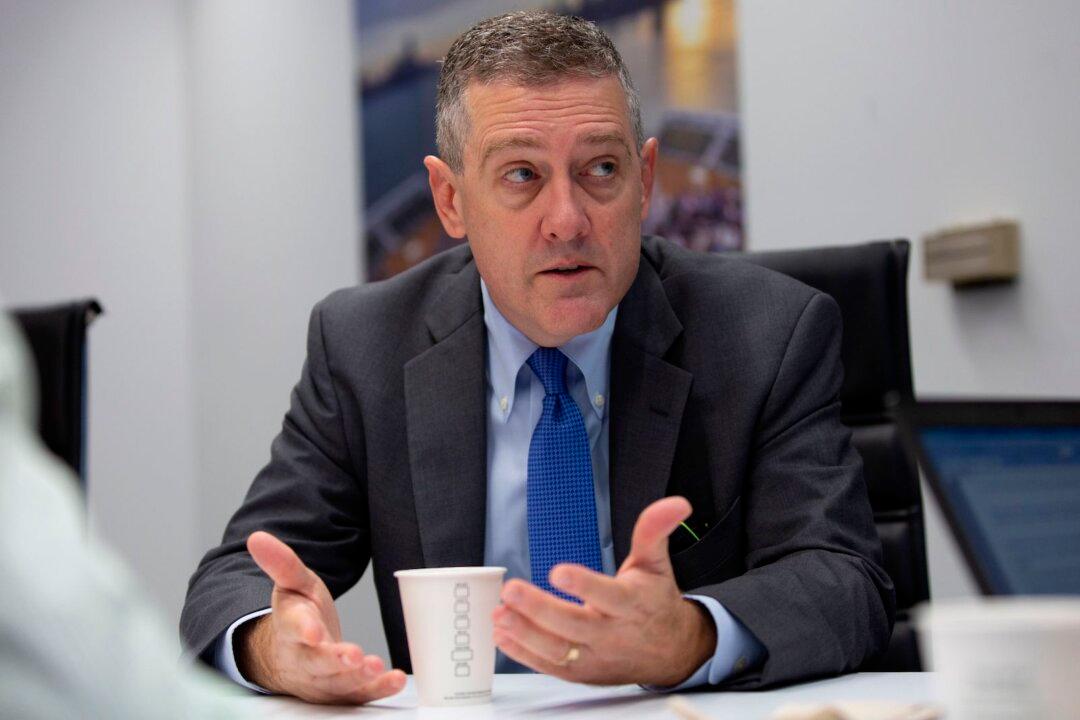The Federal Reserve must keep raising interest rates in its inflation fight as the U.S. banking turmoil subsides, says St. Louis Fed Bank President James Bullard.
Speaking to the Greater St. Louis Inc. community organization on March 24, Bullard said the central bank must lift the benchmark federal funds rate (FFR) higher than previously anticipated, citing prospects for stickier and stubborn inflation and stronger-than-expected economic growth.





